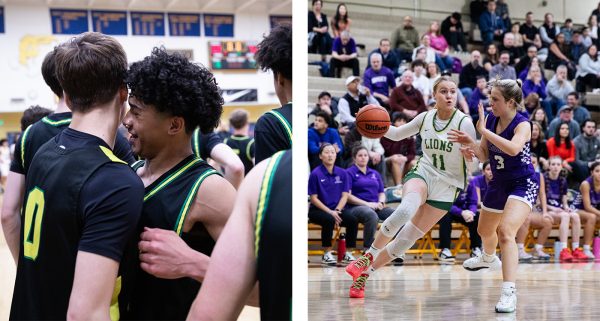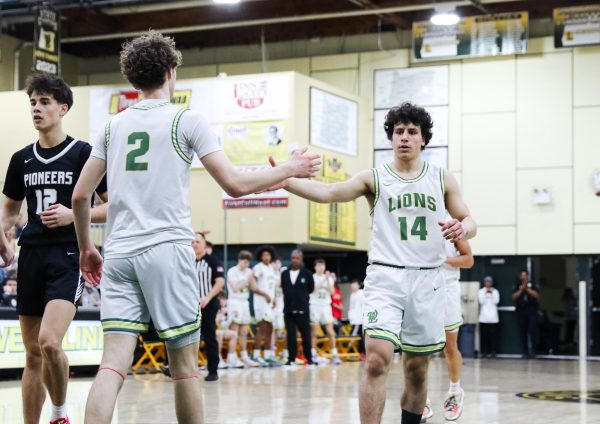Facing an unrecognized injury head-on
For dancers, concussions are so rare that the concern and awareness for them is extremely low. This, however, makes concussions even more dangerous for dancers.
In recent years, awareness for concussions has increased and more advanced information has been discovered. This has led to more preventative measures being enforced for athletes, such as concussion testing prior to playing. In sports like dance, the mere chance of a concussion occurring is often disregarded, with studios rarely having proper knowledge on concussions and how to treat or prevent them. It is common that when dancers suffer head injuries, both the dancers themselves and their teachers don’t consider the fact that it could be a concussion and carry on with rehearsals.
Due to the rarity of concussions through dance, teachers are commonly uneducated about the proper procedure to follow when a head injury occurs and what to expect recovery to be like.
Emerson Donohoe, a junior at Lakeridge High School, has only suffered one concussion throughout his entire 13-year dance career. Donohoe’s duo partner kicked him in the side of the head during rehearsal. He did not lose consciousness after the incident.
Donohoe claimed that he “didn’t really think much of it” due to the lack of immediate symptoms. His choreographer had the same reaction.
“My choreographer didn’t really know anything about concussions and didn’t even think about the possibility,” Donohoe said. “She made me run it again right away.”
Even though Donohoe claims his recovery afterwards was not rushed by the studio, his injury could have worsened due to the faulty protocol followed initially, extending his overall recovery time. The studio treated the injury with the same severity as other more common dance-related injuries, but their lack of knowledge ultimately put Donohoe at risk.
Because dancers often have little knowledge on concussions, the Dance/USA Task Force on Dancer Health suggests if a dancer experiences symptoms of a concussions after taking a type of hit to the head (headache, nausea, sensitivity to light and noise, etc.), they should not participate in any dance or physical activities until being cleared by a doctor. Dancers should not attempt to judge the severity of their injury themselves, and should avoid any medication that’s not Tylenol due to the bleeding risk.
Dance teachers do appear to take concussions and head injuries seriously, but there is no formal legislation or protocol enforced within the sport of dance, putting dancers at risk of lifelong brain damage. Even dancers are not fully aware or educated on the lasting effects and risks of concussions. The exclusion of dance in recent concussion legislation and rules has raised concern in regards to the overall safety and well-being of dancers.
Your donation will support the student journalists of West Linn High School. Your contribution will allow us to continue to produce quality content by purchasing equipment, software, and continuing to host our website on School Newspapers Online (SNO).

For Andie Jamison, junior, said she’s been picking up a pen for as long as she can remember.
“I’ve [always] enjoyed writing stories of any kind,”...

























![Game, set, and match. Corbin Atchley, sophomore, high fives Sanam Sidhu, freshman, after a rally with other club members. “I just joined [the club],” Sidhu said. “[I heard about it] on Instagram, they always post about it, I’ve been wanting to come. My parents used to play [net sports] too and they taught us, and then I learned from my brother.”](https://wlhsnow.com/wp-content/uploads/2024/03/MG_7715-2-1200x800.jpg)
![At the bottom of the third inning, the Lions are still scoreless. Rowe stands at home plate, preparing to bat, while Vandenbrink stands off to the side as the next batter up. Despite having the bases loaded, the team was unable to score any runs. “It’s just the beginning of the season. We’re just going to be playing out best by June, [and] that’s where champions are,” Rowe said.](https://wlhsnow.com/wp-content/uploads/2024/03/IMG_3077-1200x900.jpg)





![The teams prepare to start another play with just a few minutes left in the first half. The Lions were in the lead at halftime with a score of 27-0. At half time, the team went back to the locker rooms. “[We ate] orange slices,” Malos said. “[Then] our team came out and got the win.”](https://wlhsnow.com/wp-content/uploads/2023/10/IMG_2385-1200x800.jpg)































































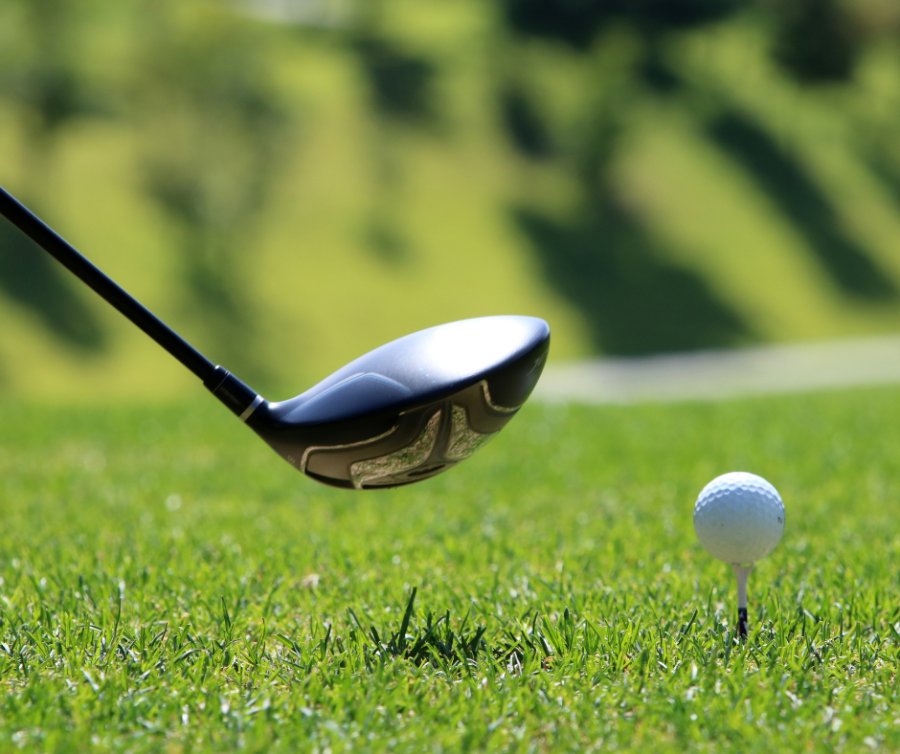







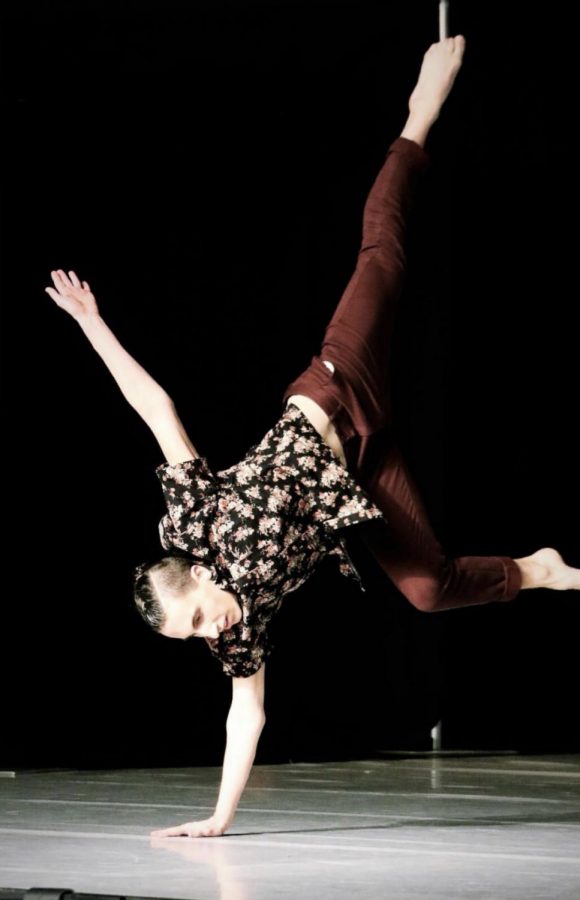
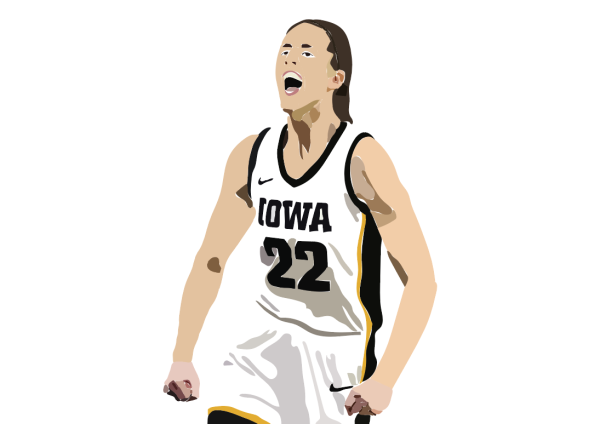


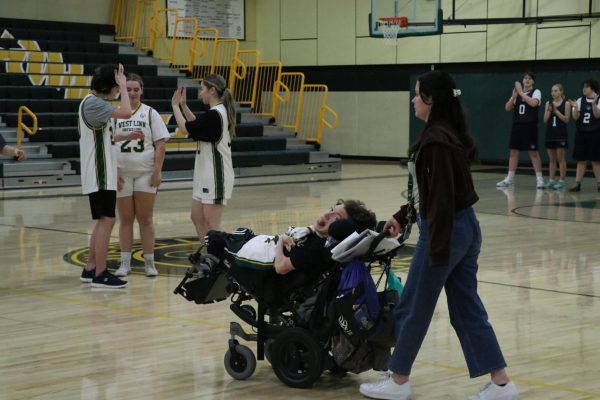
![Game, set, and match. Corbin Atchley, sophomore, high fives Sanam Sidhu, freshman, after a rally with other club members. “I just joined [the club],” Sidhu said. “[I heard about it] on Instagram, they always post about it, I’ve been wanting to come. My parents used to play [net sports] too and they taught us, and then I learned from my brother.”](https://wlhsnow.com/wp-content/uploads/2024/03/MG_7715-2-600x400.jpg)
![At the bottom of the third inning, the Lions are still scoreless. Rowe stands at home plate, preparing to bat, while Vandenbrink stands off to the side as the next batter up. Despite having the bases loaded, the team was unable to score any runs. “It’s just the beginning of the season. We’re just going to be playing out best by June, [and] that’s where champions are,” Rowe said.](https://wlhsnow.com/wp-content/uploads/2024/03/IMG_3077-600x450.jpg)

